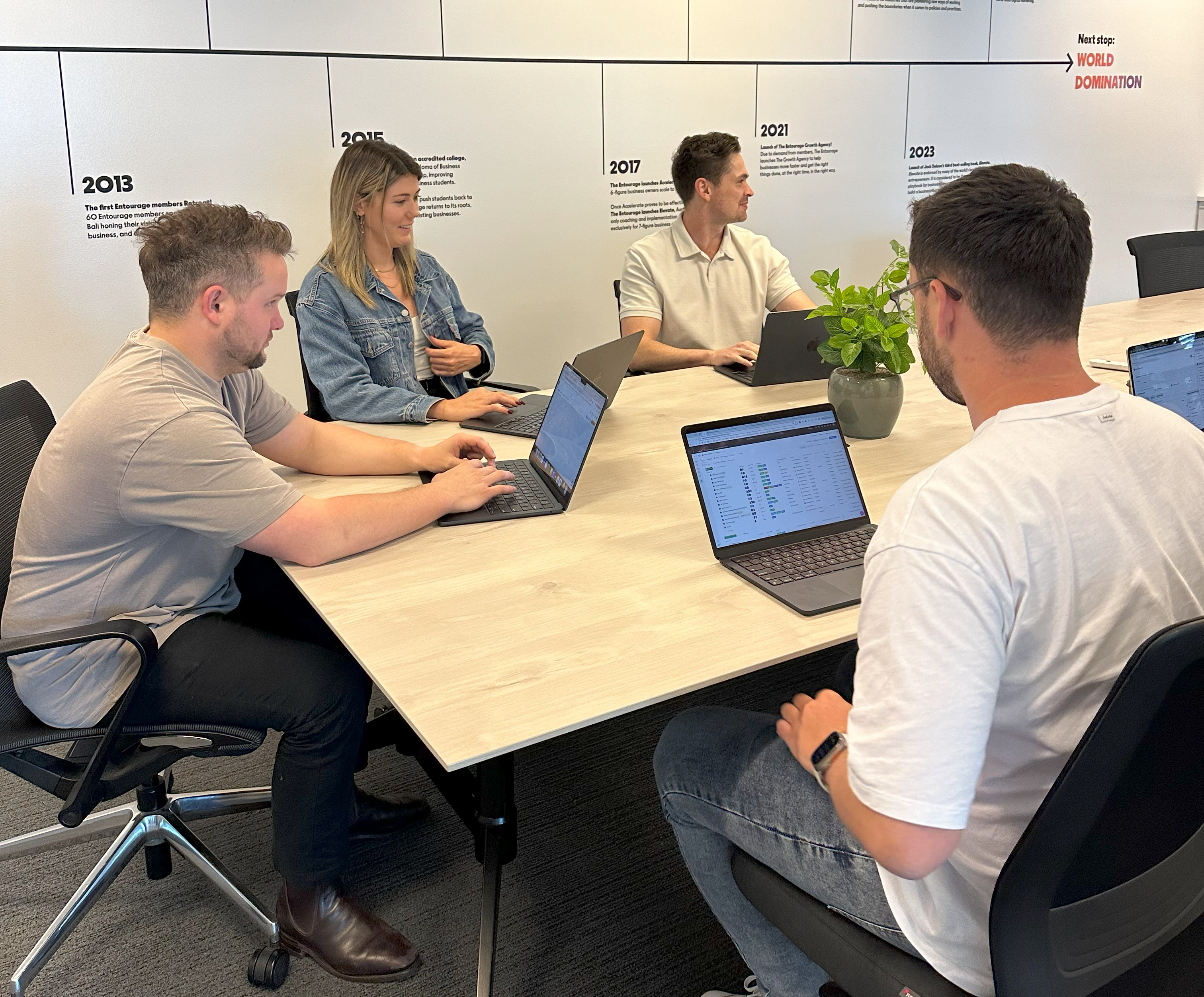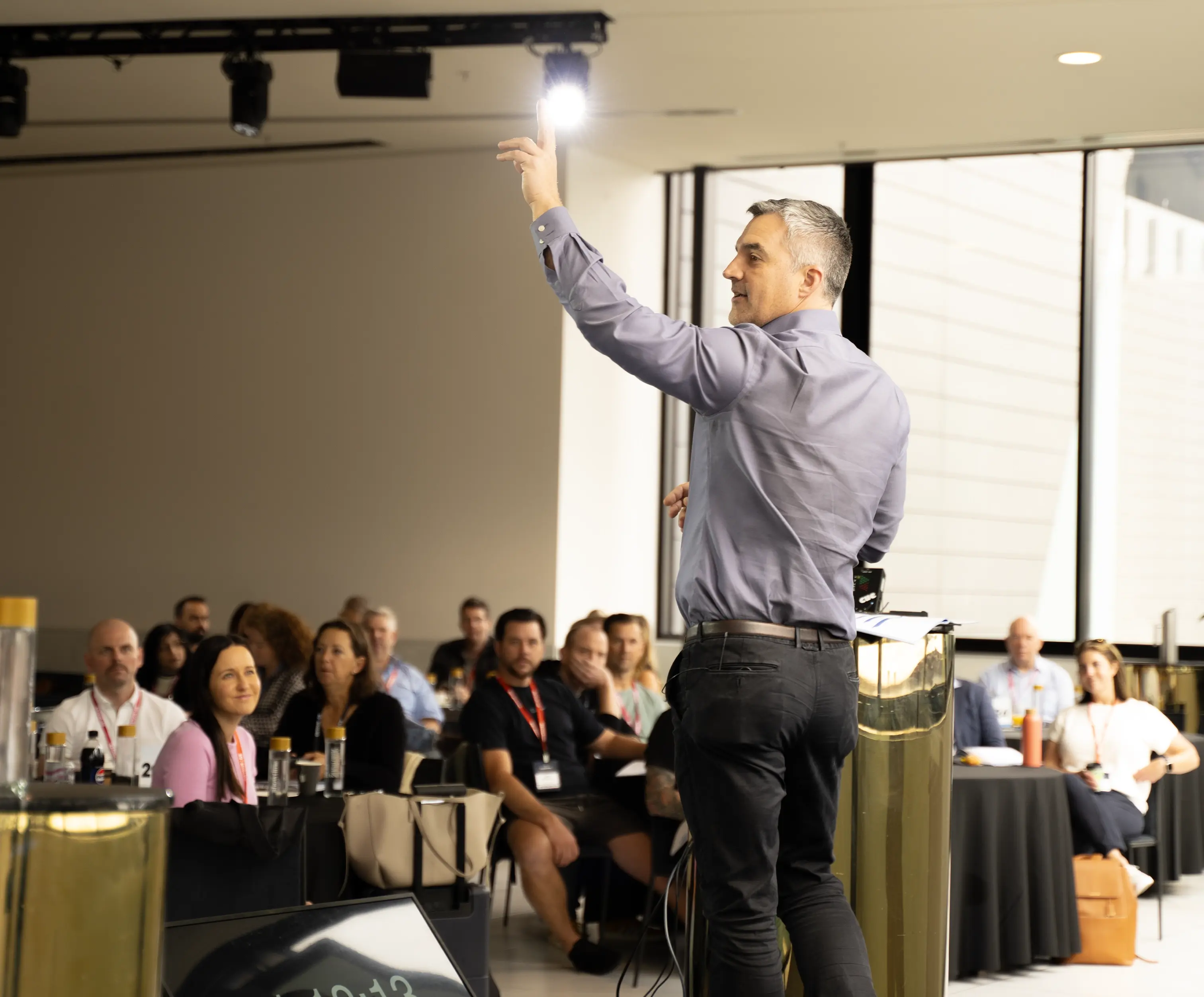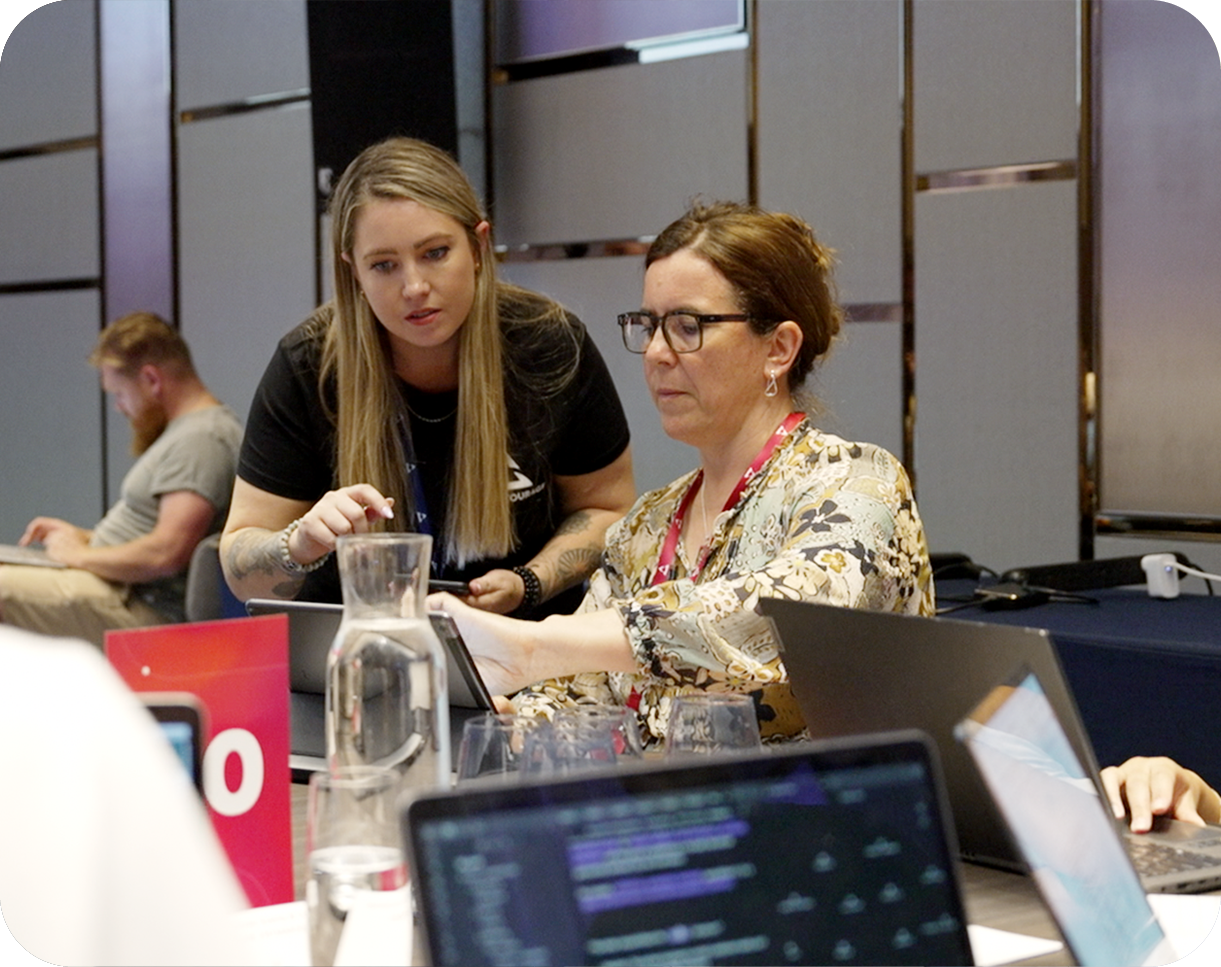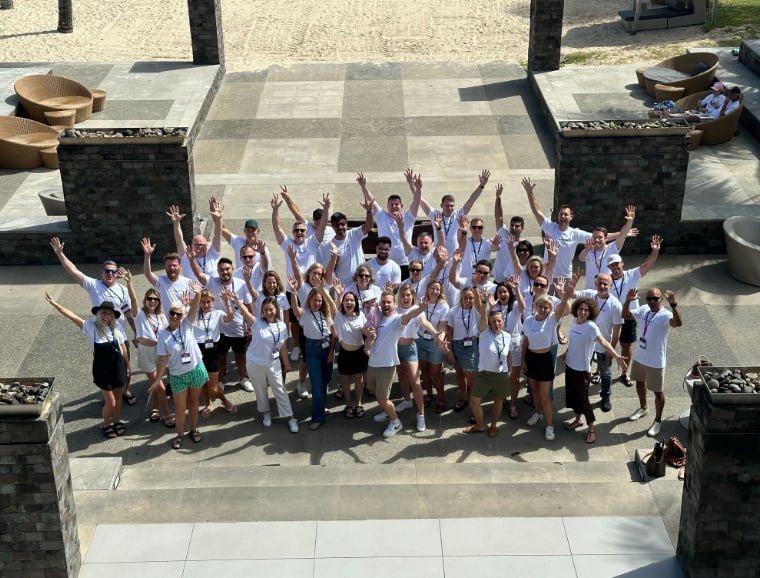Corporate events can be both great networking opportunities for professionals, as well as a vital investment in business growth for hosting enterprises. Hosting thoughtfully curated corporate events for your business paves the way for future growth, improved brand awareness, and a more positive work culture – and ones that don’t quite hit the mark can risk reputational damage.
So what does getting it right take, or even mean? That depends on the unique objectives of the event, and from there, structured planning can be followed to help you create a winning corporate event. Below, we outline the key considerations to make when planning a successful corporate event.
Have Event Contingency Plans in Place
While it may sound pessimistic to begin with contingencies, they are one of the more important aspects to consider. Depending on the scale and profile of your event, there can be a lot resting on the event’s success, and it’s best to take precautions and have backup plans against ‘what ifs’. Here are some contingency considerations you should make when planning any kind of corporate event:
Insurance Cover
It’s always advisable to acquire liability insurance for your business, but this particular type of insurance cover is also essential for making sure your corporate events don’t incur any unforeseen costs in the event that a participant is injured. You or your business may be liable for the health and safety of event participants, so if something goes wrong and people are hurt, injured or fall sick, the business may have to deal with the repercussions. Liability insurance is designed to cover you in these cases, so make sure all necessary insurance cover is in place prior to conducting your event.
Ironclad Vendor Contracts
Ensure that there are clauses in your vendor contracts that indicate repercussions in the case that they cancel last minute and/or provide subpar goods and services. Repercussions can be in the form of fines or not renewing contracts.
Emergency Protocols for Event Staff
Train your event staff and crew on what to do in the event of emergencies like fire outbreaks, medical emergencies and security breaches. This emergency preparedness planning helps reduce the risks of accidents even further, ensuring that any potential issues that do arise can be handled effectively and promptly.
Define your Event & Set Key Objectives
Before you start any business event planning, get clear on why you’re running the event and the objectives it needs to meet. When you have a firm objective, you have a clear target to aim for, or in this case, plan towards.
For example, if the purpose of the event is to reveal a new product, your event setting should work to encourage this. This can be through finding ways for the new product to be showcased, put under the spotlight and discussed by those in attendance, or even by gifting the product to attendees.
Keep in mind that when setting objectives, it’s helpful to follow the SMART method. This method ensures that your defined objectives are specific, measurable, achievable, relevant and time-bound. In doing so, you don't waste time and resources on objectives that will yield inefficient outcomes. You want to get your key points across succinctly and efficiently.
Get an idea of the expected audience size
Having an idea of how many people are expected to attend is super important so you can source a venue that can accommodate everyone comfortably, or if you’re providing food, inform the catering company of the numbers. Either do this through a registration platform (more details provided later on in this article) that facilitates event planning or via emails asking attendees to confirm that they are going.
Below are different event scales and possible venues:
- 100 attendees can be considered a micro event. The venue can be a function room or a booked room.
- 100-250 attendees can be considered a small event. Venues can be seminar halls, town halls and conference rooms.
- Up to 1000 attendees can be considered a mid-sized event. Venues can be large convention halls and event spaces. It is best to source and reserve these spaces early because they are more limited.
- More than 1000 can be considered a large event. Venue and details similar to mid-sized events.
Choosing a venue
The event location is an aspect that cannot be taken lightly. You need to make sure that the space chosen can accommodate the expected audience size and that it is situated in a convenient location. If many attendees are travelling for this, make sure that there are nearby hotels and stays available.
If your event attendees are mainly from Australia, then you should have the event in Australia unless you can fund travel expenses. Also, consider your objectives when choosing a venue. For example, for an event that has the purpose of improving teamwork and collaboration, the venue chosen should have enough space for team-building activities to take place.
For virtual events, you can set up a Zoom call and have the link readily available to those attending by sending the link within the invitation.
Increase event awareness
There would be no point in creating and planning an event that no one would know about, so make sure that there is a communication channel available. If the event is for internal parties, information can be sent to everyone invited through their work email. For events involving external parties, emails along with a more formal and creative flyer would help generate awareness and excitement.
It’s best to send the event notice months in advance so attendees can save the date and there’s less of a chance that it’s conflicting with another schedule. The disadvantage, however, to sending invites very early is that you may have to send a reminder closer to the date, along with updates on any date or venue changes.
Technological requirements
Make sure that the required technology is available to run the event smoothly. This might include Wi-Fi, microphones, a sound system and necessary wiring so that people speaking can be heard and presentations can be broadcast on projectors through computer software.
Another way technology can be utilised for your event is to establish an online registration system to take note of who is attending. Attendees can register to confirm that they're going and from this information, organisers can create an arranged seating plan to avoid conflict and delays when the event starts.
Make Sure your Corporate Event Goes off Without a Hitch
Like many work-related projects, corporate events represent the company and can either contribute to the brand’s success or have a negative impact if things go wrong. It’s necessary to have contingencies in place and make sure your public liability insurance covers the event.
Next, set clear objectives and plan the event around them, ensuring you capture the audience size and find a venue that matches the needs of the event. You can utilise tech to elevate your event, help it run smoothly and increase awareness by developing a communication channel and, if the event is public, making appealing promotional material.
If you treat planning your corporate event like other work projects, it will help you meet planning deadlines, maintain communication with attendees and set you on a path to a successful event that meets its objectives.
Related Categories
Ryan Terrey
As Director of Marketing at The Entourage, Ryan Terrey is primarily focused on driving growth for companies through lead generation strategies. With a strong background in SEO/SEM, PPC and CRO from working in Sympli and InfoTrack, Ryan not only helps The Entourage brand grow and reach our target audience through campaigns that are creative, insightful and analytically driven, but also that of our 6, 7 and 8 figure members' audiences too.





